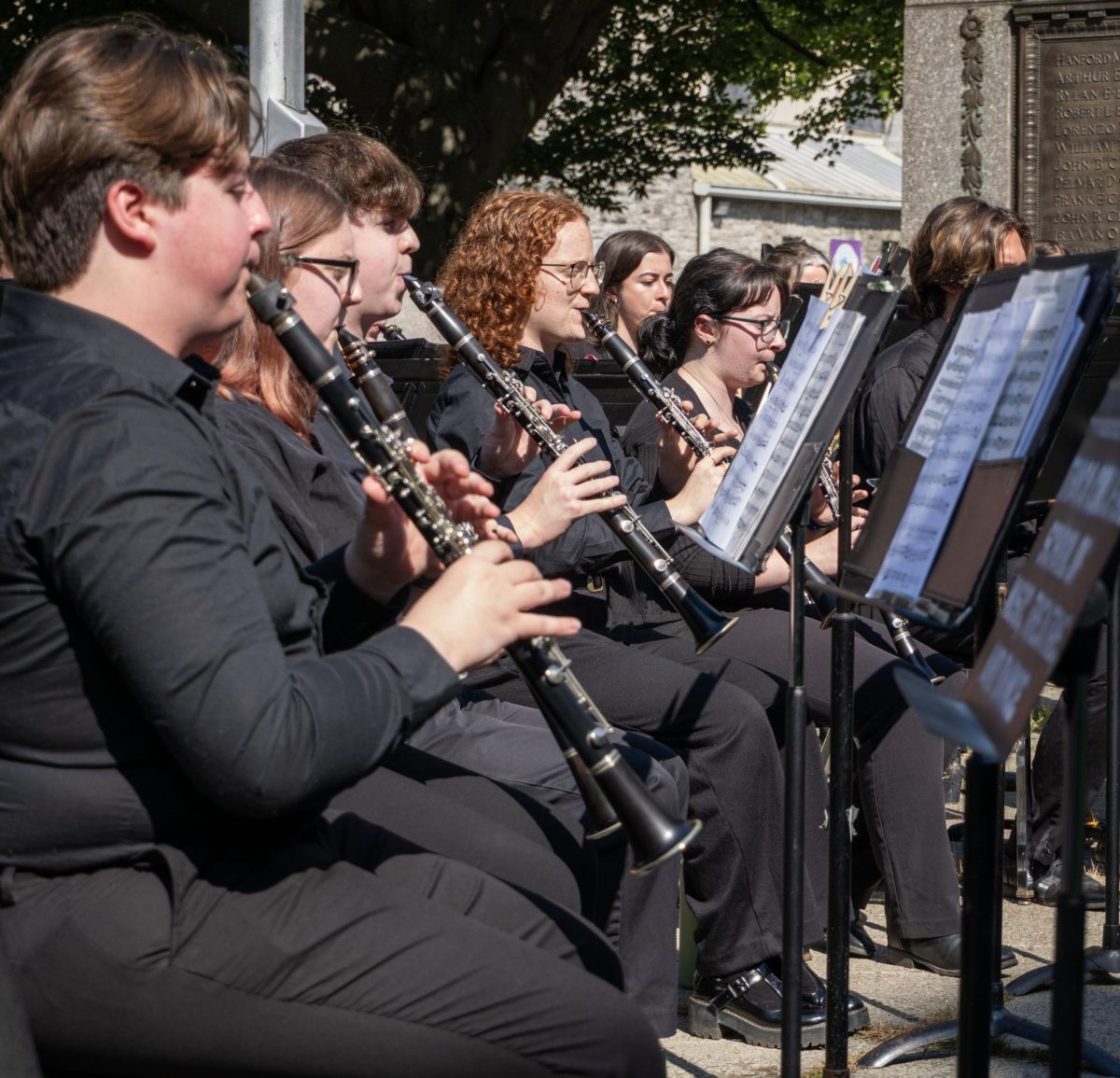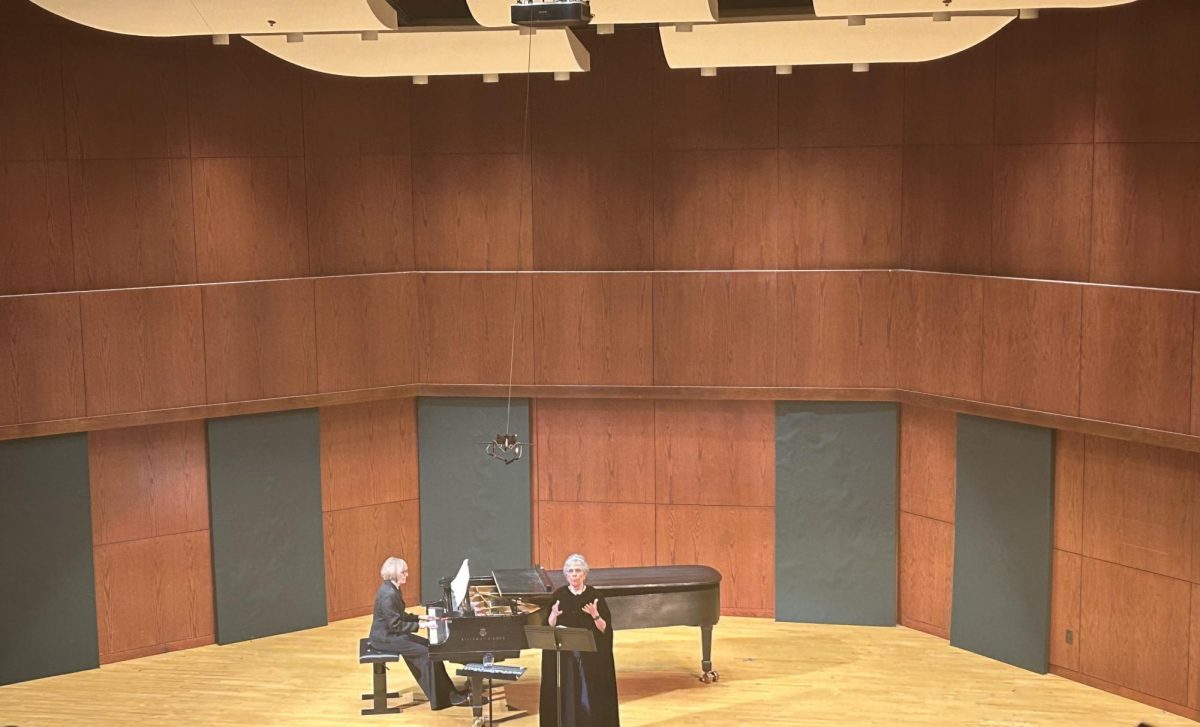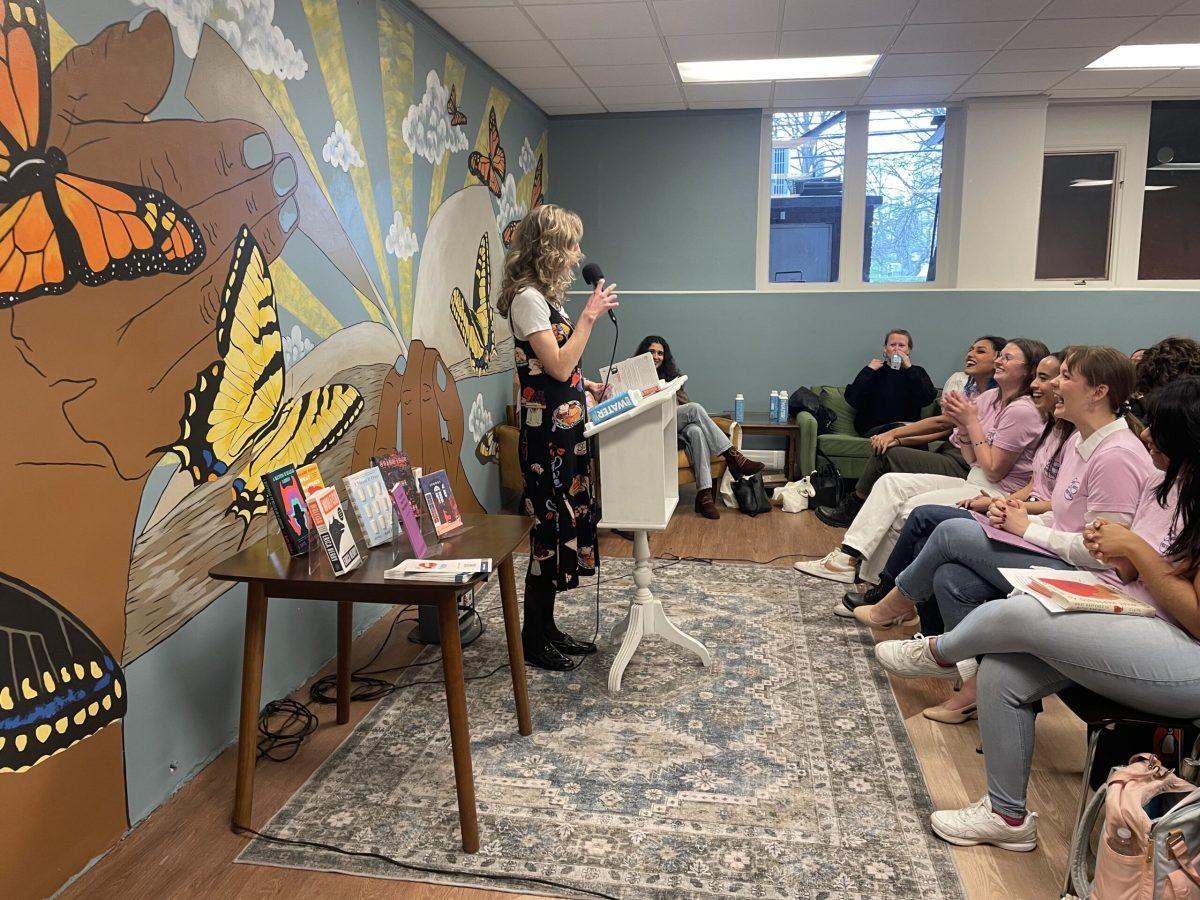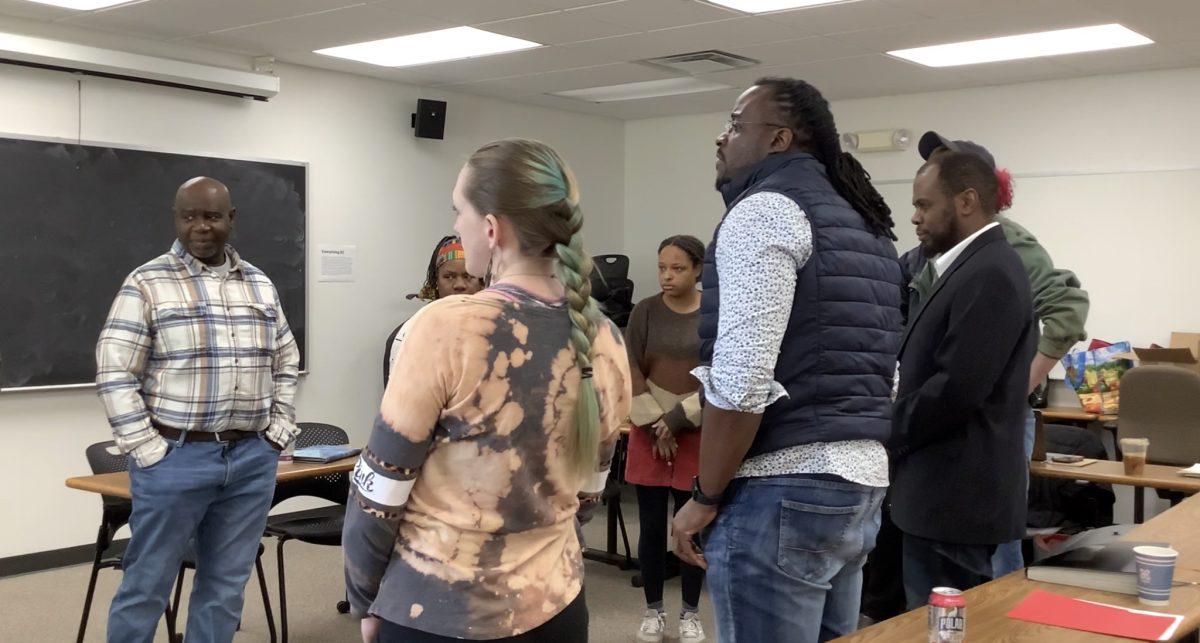
Murals as a form of representation
All across the city of Ithaca, N.Y., art is embedded on the walls, the streets and nearly every single electrical box. In 2009, there were around 15 mural locations in Ithaca. Now, there are well over 200.
From paintings about abortion rights, activism and racial justice, these pieces of art are a form of activism within the city.
Ithaca Murals is an organization that works with artists to publicize pieces of art throughout Ithaca. Everyone is welcome to get involved in creating murals, but the organization prioritizes creating platforms for people of color, LGBTQ+ community members and anyone who is passionate about social justice.
Caleb Thomas, founder of Ithaca Murals, said public displays of art in Ithaca connect with people in ways that other media cannot.
“When we do art in isolation, alone in our studios, when our art teachers are disproportionately European, privileged, it can make for art that doesn’t really connect with our full humanity,” Thomas said.

Cyepresse Ifamayami Brathwaite, a local artist who has worked with Ithaca Murals, just finished their first mural in June 2023 at Southside Community Center. The piece is titled “I am the Black Gold of the Sun,” and is an ode to the Kwanzaa principle Kujichagulia, meaning self-determination.
“It is very much an ode to my inner child,” Brathwaite said. “For me it is a documentation of my own personal journey of self-determination even thinking about being the black gold of the sun, being a kid and being dark-skinned and experiencing not only anti-blackness in the rawest of its forms, but colorism being dark skinned.”
Brathwaite said murals have the power to act as expressions of history for marginalized groups.
“Murals have always been a medium of storytelling for people whose voices weren’t sought out for record keeping,” Brathwaite said.
How public displays of art create conversations
In 2022, Cornell University student Hsin Huei Chen painted the electrical box on Stewart Ave. with a depiction of Kermit the Frog holding a pride flag. On Sept. 5, Kermit’s flag was replaced with a block of green paint, calling the online artist community to action.
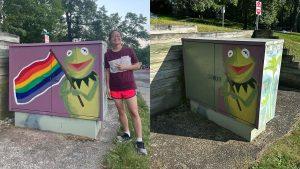
Audra Linsner, another local artist in Ithaca, answered the call. Linsner has been continuously repainting the electrical box since Sept. 6.
“As soon as I saw the posts, I was like, ‘Are you kidding me?’” Linsner said. “I just grabbed a bunch of paint from the studio and threw [the mural] back up.”
As a member of the LBTQ community, Linsner said it was frustrating to see public displays of representation being hidden.
“There is so much, all throughout history, where people, places, events … have all tried to be covered up, especially when it comes to the LGBTQ+ community,” Linsner said.

The murals on the electrical box were covered again with green paint as recent as Sept. 18, but Linsner said that she and other artists in Ithaca have made no plans to stop painting the box.
“Like the public discourse about gay rights [and] trans rights, it’s never going to end,” Linsner said.
For artists and activists like Linsner and Brathwaite, public displays of art act as the first step for important messages to be shared in Ithaca, but Braithwaite believes art is only the start of a bigger conversation and shouldn’t be the only tool we utilize.
“If we rely solely on murals we’re not going to get anywhere because none of the power dynamic in terms of resources, in terms of access to land, in terms of who is making decisions are changed through murals,” Brathwaite said. “It opens eyes, it opens an opportunity to start having those conversations.”
Brathwaite quoted an excerpt from Concentric Memory: Remembering Our Way into the Future by Naima Penniman from the book “A Darker Wilderness: Black Nature Writing From Soil to Stars” edited by Erin Sharkey: “Public art that is made with intention is a ‘shrill’ cry, it is us ‘breaking open’ space.”
Editor’s note: This story has been updated to better reflect a source’s perspective. Additionally, the final quote of the story was previously attributed to Cyepress Ifamayami Brathwaite. The attribution of the quote has been clarified.
https://www.youtube.com/watch?v=mwCfkpvdOF8&t=5s


